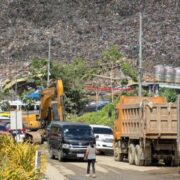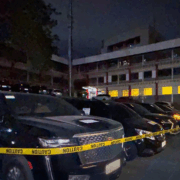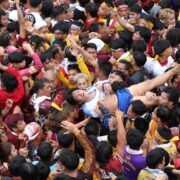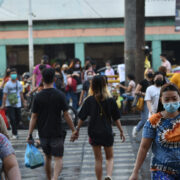The folklore of city people
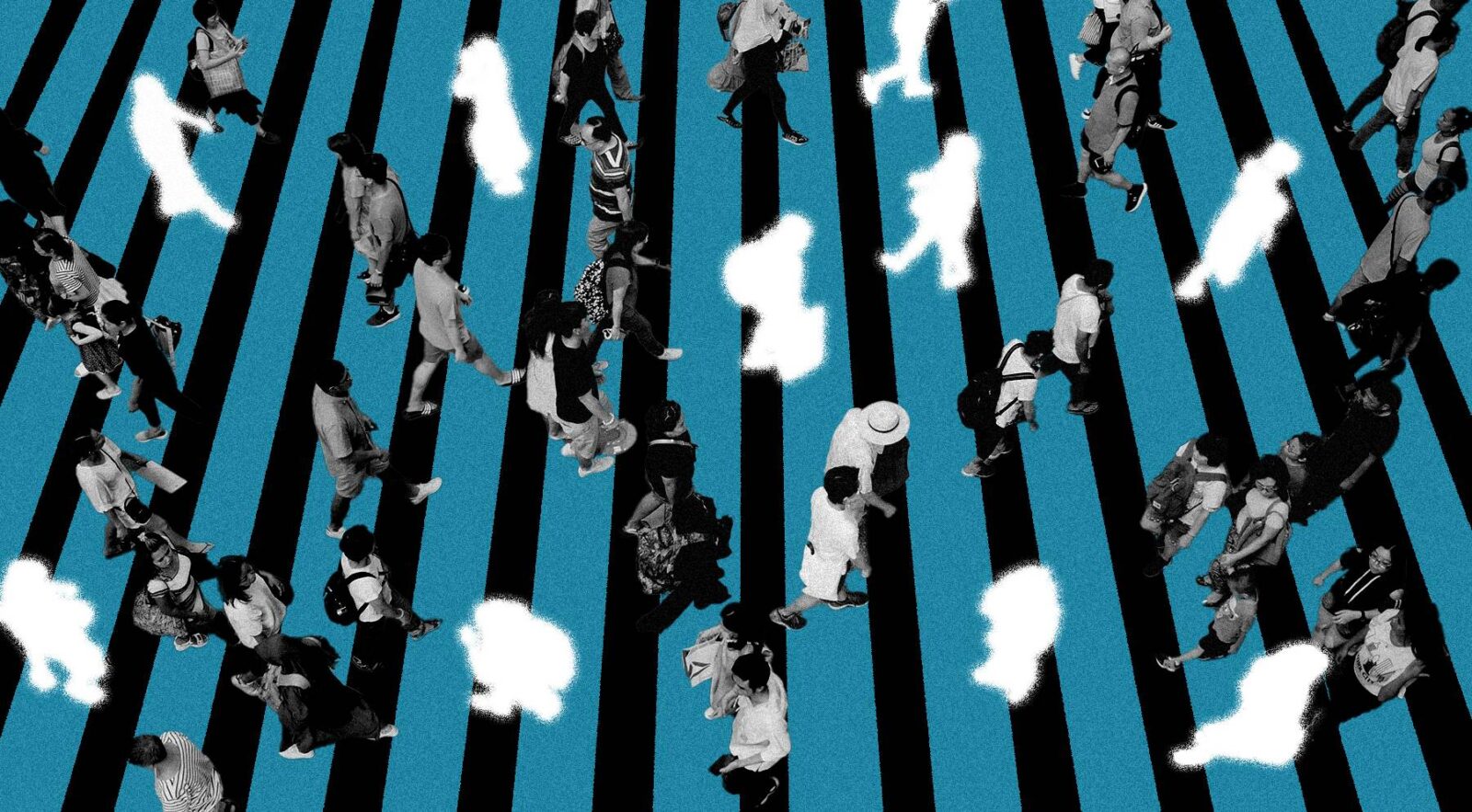
Whenever I bring up my interest in folklore to city people, they often say the same things:
“My lolo told me about all of his strange experiences in the province.”
“Oh yes, our kasambahay from the province has a lot of spooky stories.”
“When I was a child, back in our province, I used to experience a lot of really weird things.”
City dwellers often assume that the old spirits disappeared when we urbanized. They usually believe that there is a strict boundary between “natural” and “man-made” spaces. We think that Philippine animism is just about being closer to natural environments like forests and mountains, but actually, animism is a mindset about our surroundings, wherever we are. That can also be the city because it is just another human habitat.
In both “natural” and “man-made” spaces, we are under the whim of unpredictable forces. If not the immediate dangers of natural disaster and sickness, then definitely urban poverty and labor exploitation. In both spaces, we must navigate complex social webs, and regardless of where we are, we love a really good story. It is just that rural folklore feels so distant that it seems “exotic” to city dwellers, but city dwellers have their own folklore that is already too familiar that it no longer feels like folklore at all. Let me show you what I mean.
In every local campus I have been in, either as a teacher or as a student, there is always a school ghost. The night guards might talk about hearing footsteps or laughter even when nobody is there. Teachers staying after hours may report flickering lights or cold air. I once taught in a centuries-old campus, and my colleagues told me that at midnight you could hear the footsteps of dead soldiers.
Many other places are said to have echoes of war or human tragedy. Some haunted buildings are believed to be built on cemeteries, echoing the old notion that the land houses spirits. White ladies roam lonely streets, seeking justice for what happened to them. And, right outside churches, merchants sell amulets, potions, and spells. Urban legends are just modern forms of folklore.
Psychologically speaking, the “spirits” never left when cities were built. The spirits are here because humans are here: Wherever humans are, there will always be hauntings and monsters and angels and fairies. Wherever humans are, there will be the ghosts making themselves felt (pagpaparamdam). Across cultures, humans have developed different metaphors, shaped by their social expectations. The Filipino’s engkanto is the European’s fairy, and it is also the American’s UFO.
What this implies is that we never actually lost our magic. It also implies that, if we are open to it, we can become more mindful to our surroundings and start to make spaces that are more human. Like I said, a city is just another habitat; it is possible (and probably even beneficial) for any well-designed city to be eco-friendly, clean, and thriving. Maybe, when streets are safe and walkable, when neighborhoods are actually communities, and when work and leisure are balanced, our urban folklore can transition from monstrous to hopeful.
Our stories about spaces are great symptoms of our inner life. Once our living conditions in the city become comfortable for all, we might finally start dreaming about helpful fairies and provident gods, instead of our current nightmares: ghosts and ghouls who are victims of abuse and neglect, all crying out for justice.





